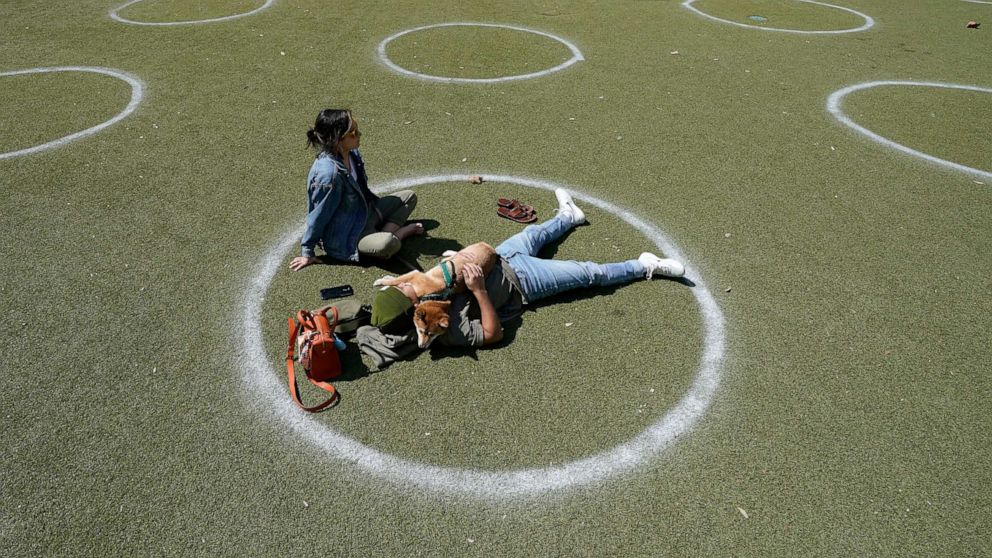How life has changed 1 year into the COVID-19 pandemic: Masks, restrictions largely endure
On March 11, 2020, the World Health Organization characterized the COVID-19 outbreak as a pandemic. In the days, weeks and months that followed, millions of Americans started working and learning remotely, social distancing became the new norm and mask-wearing was widely encouraged, if not mandated, to help reduce the spread of the virus.
Nearly a year later, those and other mitigation measures are enduring signs of how the pandemic has fundamentally changed how we live. Nearly three-quarters of U.S. adults (74%) said their everyday life has changed due to COVID-19, according to a Pew Research Center survey conducted late last year. That's up from 67% in summer 2020.
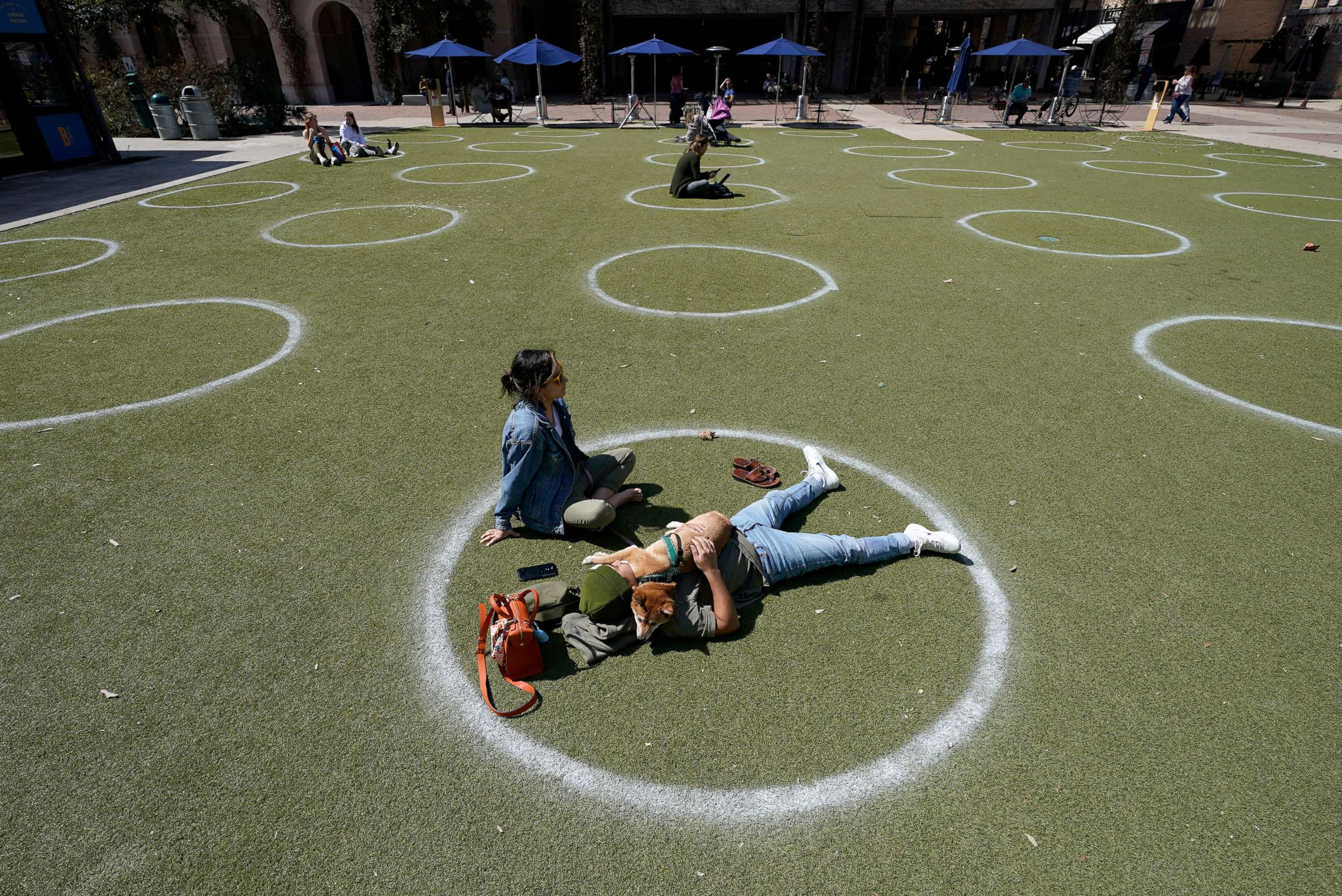
The return to some semblance of "normal" life will be gradual, experts say, to help protect against new COVID-19 variants as people get vaccinated against the virus.
Dr. Anthony Fauci, the nation's top infectious disease expert, told MSNBC’s "Morning Joe" Thursday that he’s hopeful we could return to a sense of normal, such as kids back in school and adults at work, by the fall or winter -- if the U.S. stays on track with vaccinations.
"If things go smoothly, we should be seeing it by fall, mid-fall, early winter," Fauci said, noting that the viral mutations could "slow down that trajectory." But the timeframe, as well as what that "new normal" would look like is uncertain.
Until then, here are some ways life has been changed a year into the pandemic.
Masks still 'critical'
Before the pandemic, mask-wearing was relatively rare in the United States. But early guidance against wearing masks (in part fearing a shortage for healthcare workers) evolved and face coverings became commonplace.
Masks also became deeply political, with some resisting wearing them, either as a matter of personal liberty or skepticism, even after science indicated that they not only protected others but the wearer as well.
The Centers for Disease Control and Prevention (CDC) continues to recommend that everyone age 2 and older should wear a face covering when outside their home to limit the spread of COVID-19. Effective last month, masks are also required on planes, buses, trains and other forms of public transportation when traveling within, into or out of the U.S.
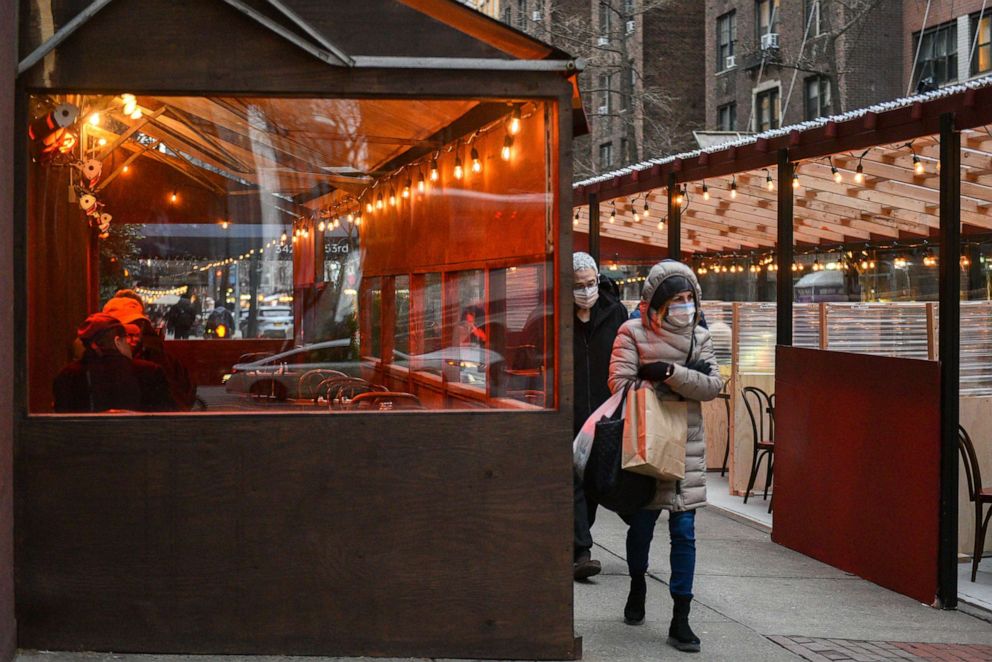
A majority of states still have mask mandates in effect, though some have started to lift or let them expire amid falling COVID-19 cases and hospitalizations as well as the start of mass vaccinations, including Iowa, North Dakota and Montana. Mississippi, Texas and Alabama have also recently announced their mandates will end.
Public health officials have warned against easing restrictions, like mask mandates, too soon during the vaccine rollout, and President Joe Biden has called on all Americans to wear face masks for the first 100 days of his term.
"I hope everybody has realized by now these masks make a difference," he told reporters last week in response to Texas lifting its mandate. "It still matters. ... It’s critical, critical, critical, critical that they follow the science."
Social distancing a priority
Individuals have had to weigh many decisions on socializing safely while navigating the pandemic for a year now. Maybe you've stuck with your social bubble, or are looking to form one among a group of fully vaccinated friends and family. Overall, most Americans were still avoiding small gatherings (54%) and public places (56%) as of mid-February, according to a new Gallup poll.
Shopping, dining out and other public destinations are likely still to be at limited capacity with social distancing enforced -- depending on where you live. Most states and cities have gradually reopened in phases; New York City just brought back movie theaters, with entertainment venues to follow in April. Meanwhile, Texas will lift all restrictions on March 10, while one state -- South Dakota -- never implemented any.
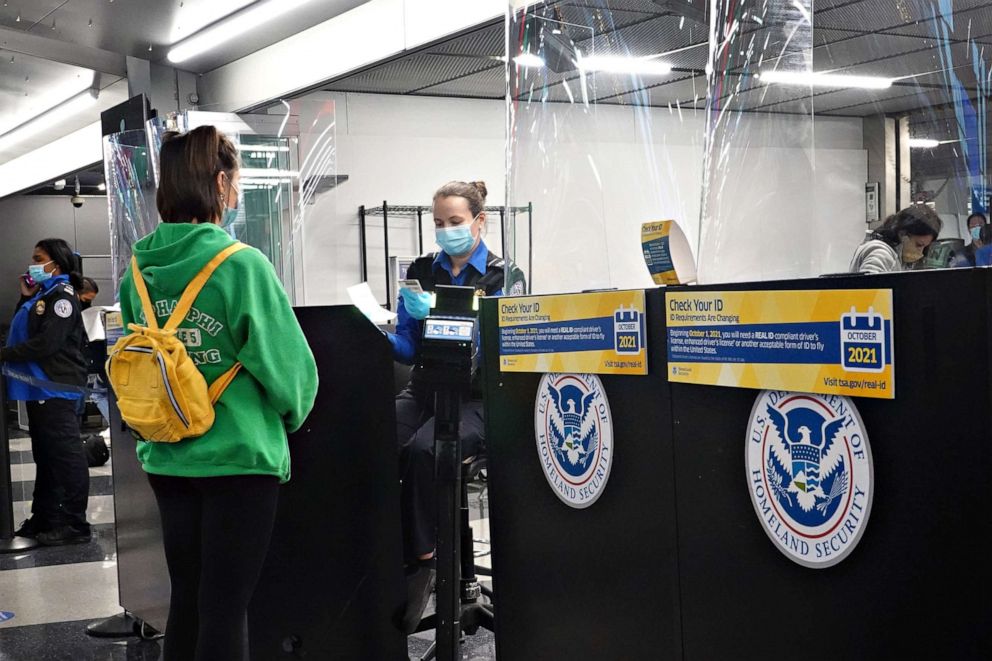
Travel continues to be impacted during the pandemic, as business trips have gone virtual and vacation plans have been postponed or canceled in favor of road trips. The number of travelers going through TSA checkpoints daily has hovered around 1 million people in recent weeks, down from at least 2 million people during the same period last year.
As more and more people get vaccinated, public health protocols such as social distancing and non-essential travel are still being encouraged.
"We don't want people to think because they got vaccinated that other public health recommendations just don't apply," Fauci said during a CNN Town Hall meeting late last month. "Getting vaccinated doesn't say I have a free pass to travel nor does it say I have a free pass to put aside all of the public health measures we talk about all the time."
Workforce dynamics shift
COVID-19 continues to have a profound impact on the workforce, from who's employed to where people work.
Nearly a year out from unprecedented unemployment rates in the spring (14.8% in April), the economy still needs to recover about 10 million jobs lost during the pandemic.
Women have borne the brunt of unemployment loss. By January, more than 2.3 million women had left the workforce, compared to nearly 1.8 million men, since start of the pandemic, according to the National Women's Law Center.
Service workers have been particularly affected as well -- those in jobs requiring human contact may still be out of work, while others who were deemed essential, such as grocery store workers, have continued to work with the threat of exposure to the virus.
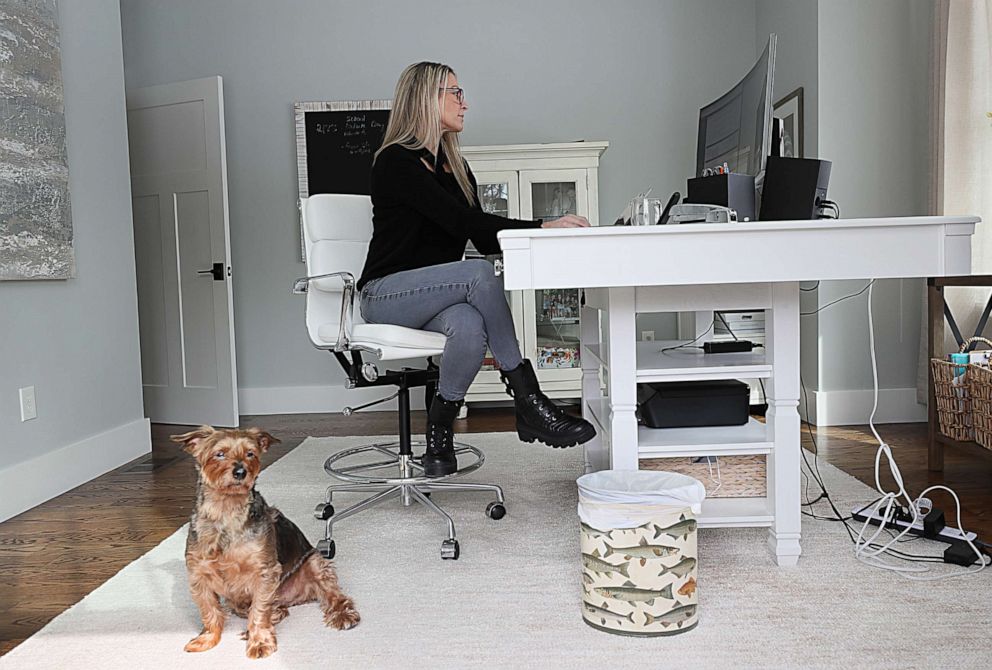
Those who could transitioned to working from home -- with 70% of workers remote in April, according to a Gallup poll. In the months since, that number has fallen, though a majority still continue to work remotely in some capacity. By the end of January, more than half of U.S. workers (56%) were still working remotely all or part of the time, according to the most recent Gallup poll.
School reopening in flux

Similarly, in-person learning has been largely disrupted by the pandemic. Since schools were forced to close in mid-March, the road to returning to the classroom has been a largely uncertain one, as COVID-19 cases have surged and waned, more has been learned about how schools can safely reopen and educators wait to get vaccinated.
Some public school districts, like in San Francisco and Los Angeles, have been closed for nearly a full year now. Others, like in New York City, have reverted from partially in-person to fully remote and back again based on COVID-19 positivity and hospitalization rates. A few states, including Iowa, Florida and, in recent days, Arizona, have ordered schools to reopen.
Nationwide, reopening to this point is fairly fragmented. According to Burbio, which aggregates school and community calendars from 1,200 school districts, 27.5% of K-12 students were fully remote, 44.7% were in person daily, and 27.8% were in a hybrid model as of Feb. 28.
The impact of this disrupted year on learning loss is pervasive, studies have found. Thousands of students have also been reported "missing" from school systems nationwide since March 2020, adding to concerns about the long-term consequences of the pandemic.
ABC News' Anne Flaherty contributed to this report.
